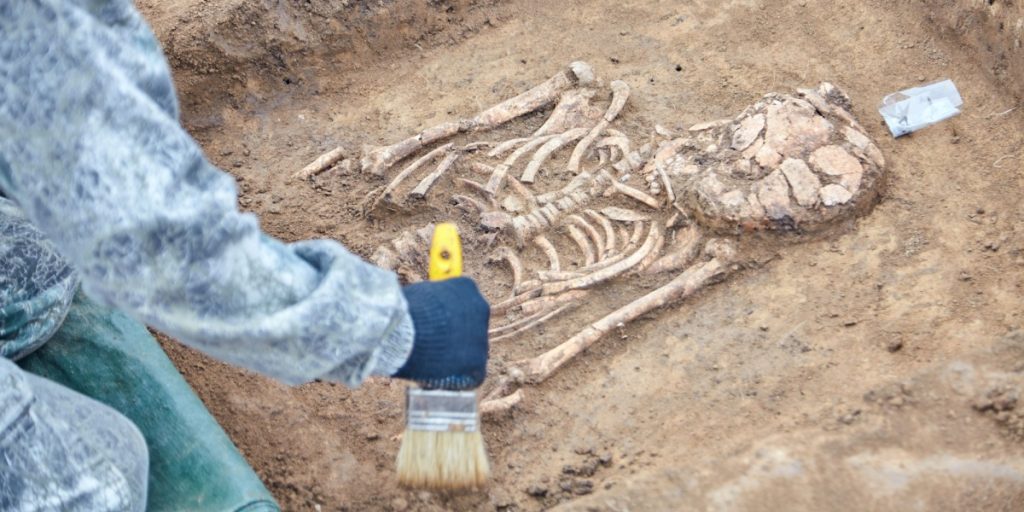Archaeologists have unearthed the skeleton of a child who lived 10,000 years ago.
Others are reading now
A team of archaeologists, led by Professor Ilya Nikoloz Tushabramishvili of the State University, has made a fascinating discovery in the Bondi Cave in Georgia’s Sachkhere municipality.
They uncovered the skeleton of a child who lived approximately 10,000 years ago.
This unique find, reported by NewsGeorgia, offers valuable insights into ancient burial rites and prehistoric human life.
The child’s skeleton was found in a mound lined with stones, a practice characteristic of ancient burial rites.
Also read
Preliminary estimates suggest the remains belong to a child under the age of 12. The fossils have been transferred to the local history museum in Chiatura for further study.
In the coming months, scientists will work to decode the DNA from the ancient bones. This genetic analysis will be conducted in international laboratories, with experts from Great Britain, the USA, and Japan involved in the research.
Significance of Bondi Cave
Bondi Cave is a site of considerable historical importance.
Discovered by Tushabramishvili in 2007, the cave has revealed numerous antiquities, including rock paintings, traces of an ancient earthquake, volcanic ash, and the world’s oldest thread, dating back 32,000 years.
The cave’s sedimentary layers provide a detailed record of geological time, indicating that Neanderthals inhabited the area before modern humans.
This discovery not only sheds light on the burial practices of early humans but also contributes to our understanding of prehistoric human life in the region. The genetic analysis of the skeleton could provide new information about the migration, health, and lifestyle of ancient populations.
The excavation and research at Bondi Cave are ongoing, with scientists hoping to uncover more artifacts and fossils that will further illuminate the history of human habitation in the region.


